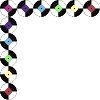
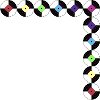
EMI CUSTOM PRESSING
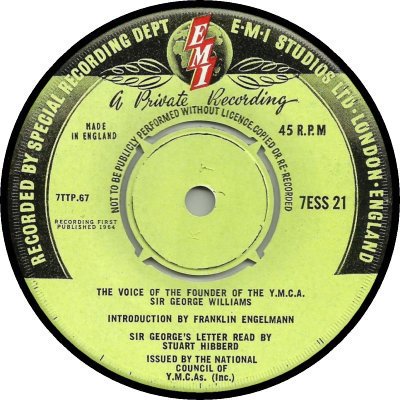
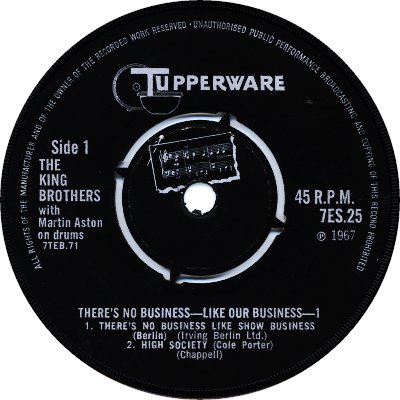

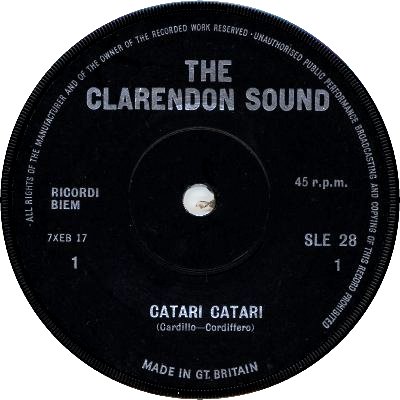
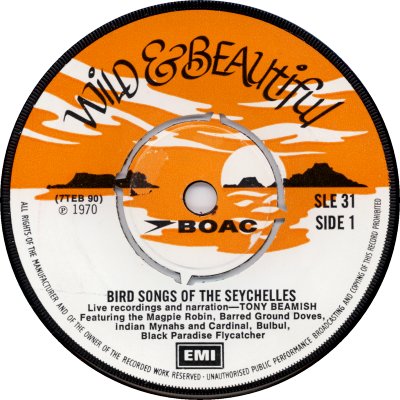
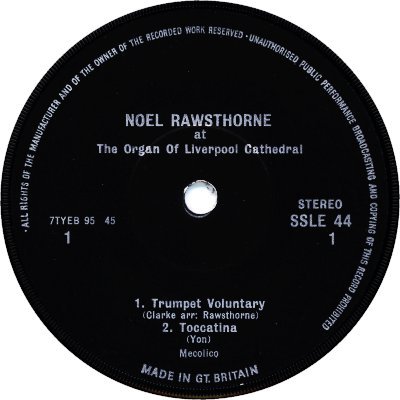
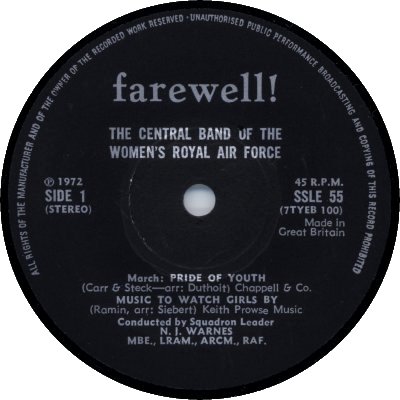
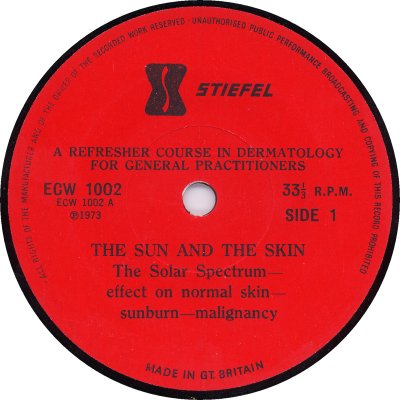

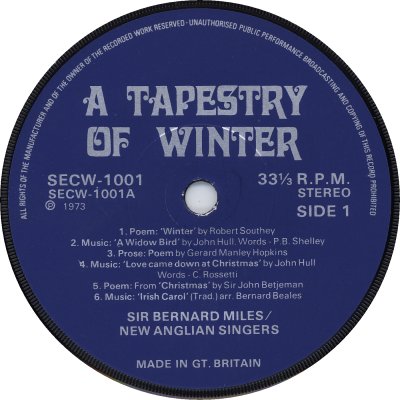
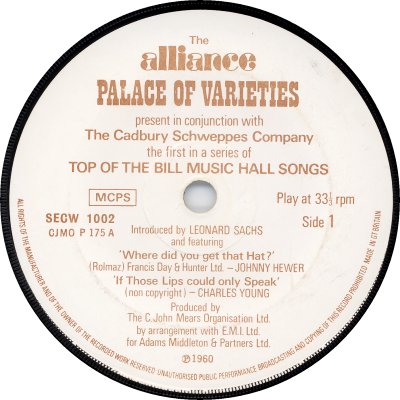
'EMI Custom Pressing' is a description rather than a label name, as the
words do not appear on any of the EMI custom pressings that I have seen. As the scans
indicate, the labels on the records varied widely. Promotional pressings for
different companies, such as Yardleys and BOAC
(3, 5), had their own distinctive labels, which, in the few examples that I
have seen, seem to have been related to the product that the company was trying
to promote; the King Brothers EP shown above was made for Tupperware and had
that company's logo on it (2). Other records, intended presumably for
resale rather than for use as promotional tools, had a plain-looking black label
(4, 6, 7). The EMI-style matrix number of the Noel Rawsthorne
EP, 'At The Organ Of Liverpool Cathedral' - '7TYEB 95' - is a clue to
its origin, as is that of the Clarendon Sound single 'Catari Catari'; the labels have
an EMI-ish appearance, too. The King Brothers EP has a matrix number
from the same series, '7TEB 71', which is the only sign that the three records are
related. The '7T' part indicates a 7" EP, and the 'Y' shows that
the record is stereophonic; presumably the 'EB' was used for private pressings. Five separate
sets of catalogue numbers were used, 7ES-00 until
around 1967 and SLE-00 (S/SLE or SSLE for stereo pressings) from then till
around 1972. 1973 saw the introduction of two new series: ECW-1000, for
mono recordings, and SECW-1000, for stereo ones (8, 9,
10, 11). These appear to have replaced the SLE /
SSLE-00s. The labels remained blessed with the same lack of
identification, other than the name of the business which they were promoting
(if there was one) or the title of the record.
The catalogue numbers in the discography below suggest that
there should be a lot more EMI custom pressings out there
than are listed, but most of them seem to be google-proof; the quantities pressed were doubtless small. The earliest EMI custom pressing that I have seen, 7ES-6, was from 1960; the
latest, SECW-1006, from 1976. 'Billboard' of the 9th of February 1974 reported that EMI was to
stop doing custom pressing because of the shortage of vinyl,
but it seems to have started again
in the following year. The actual pressing was generally but not
always not always done by EMI: the Women's RAF EP shown above (7) has a British
Homophone type of matrix number in the run-off, while the second
EP made for Stiefel (9) was manufactured by Lyntone - presumably EMI's own presses
were fully occupied on those occasions and the records were farmed out to those companies. Thanks to
Bob Mayhead for supplying the Tupperware connection and for his help in
assembling whatever information this page contains; thanks also to
Jimboo of the 45cat site for sending along the first scan.
See also the 'Cyanamid', 'CIBA' and 'Stiefel' labels.
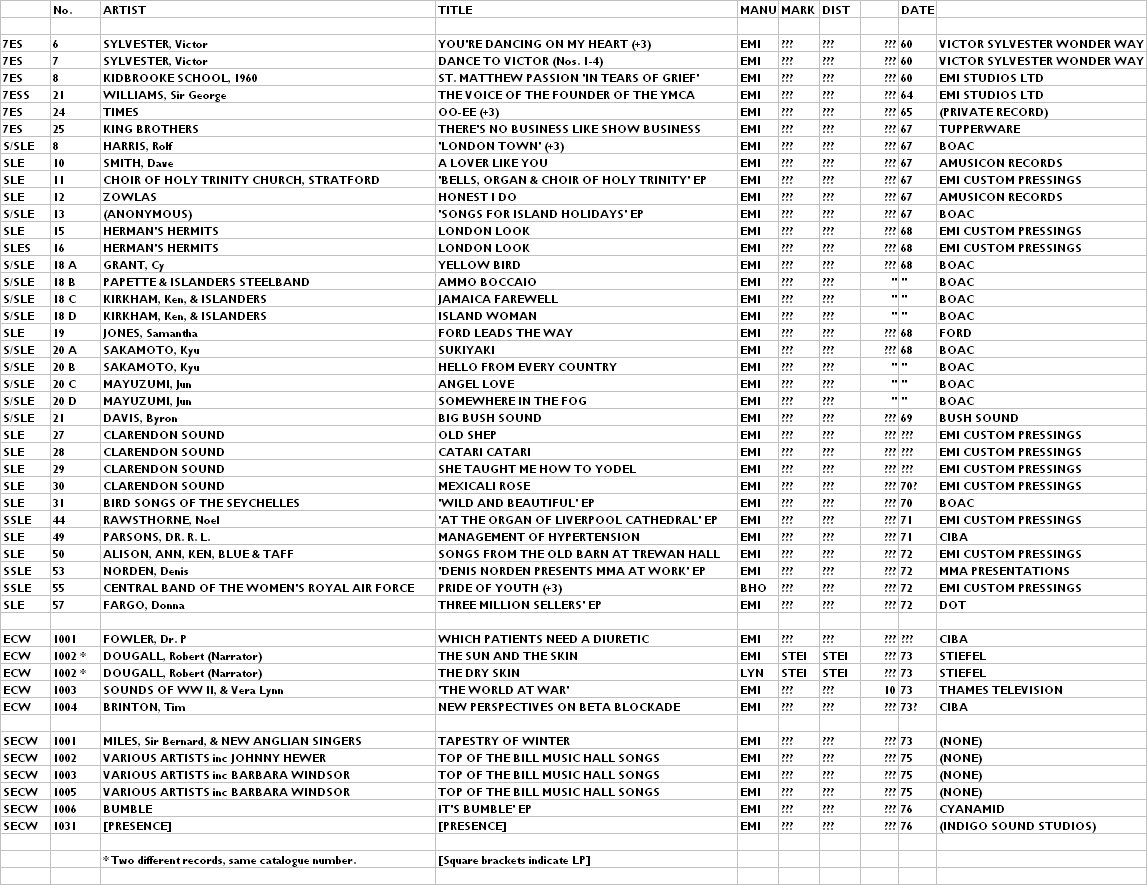
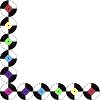
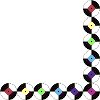
Copyright 2009 Robert
Lyons.















